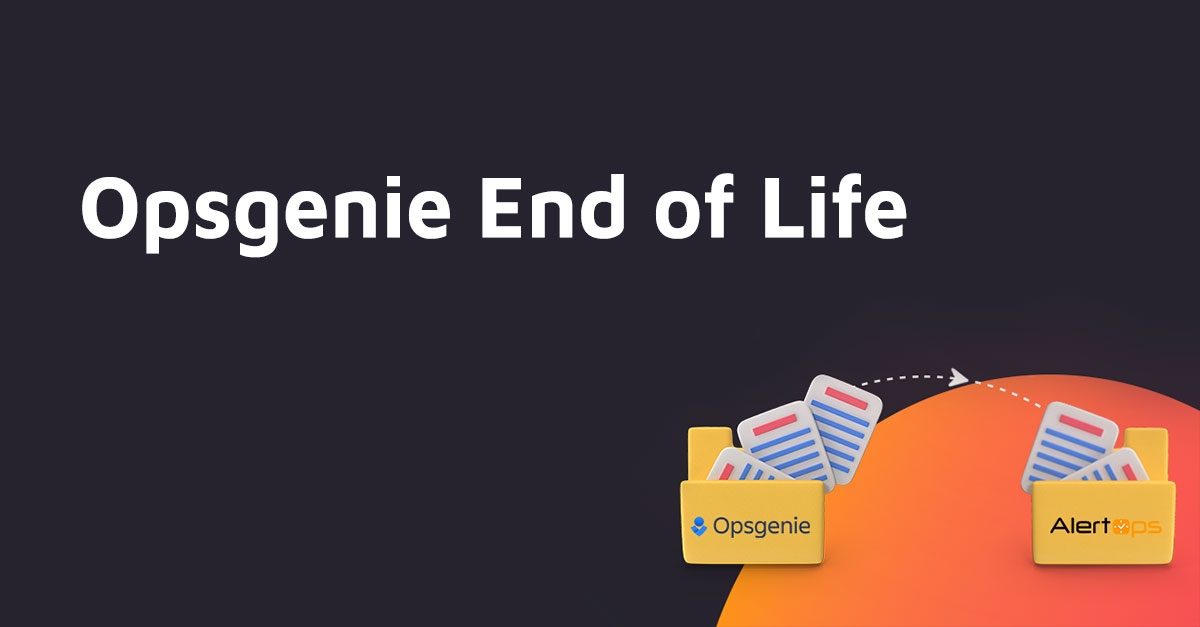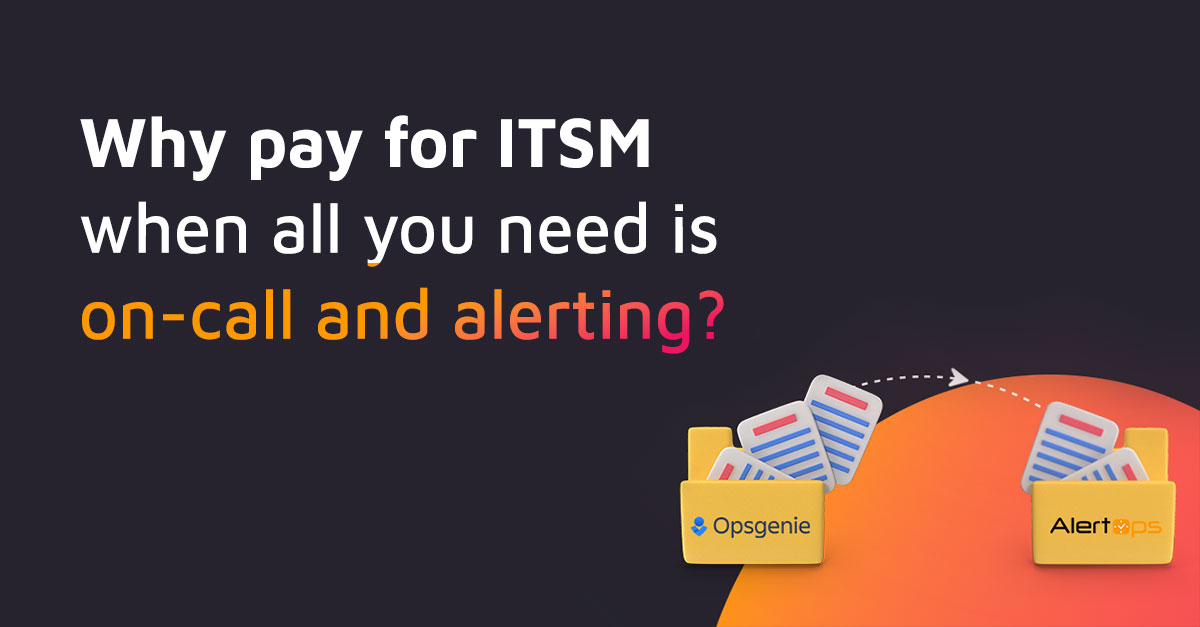Compare AlertOps to Pagerduty SLA-based incident management
A service-level agreement (SLA) defines the level of service expected from a service provider. As such, an SLA plays a key role in an organization’s ability to fulfill customer requests.
If an organization breaks an SLA, it risks significant revenue and brand reputation damage. Perhaps worst of all, this organization may lose customers to its rivals if it cannot comply with SLA mandates.
Typically, an SLA will include various metrics that define the service levels that an organization must guarantee. These metrics may include:
- Reliability: Also known as uptime percentage, this refers to the time when a service is available. An organization is expected to limit outages and downtime to meet service reliability requirements.
- Responsiveness: Defines the punctuality of services. For example, responsiveness may be used to measure how quickly an organization responds to a customer’s service requests and scheduled service dates.
- Monitoring and Reporting: Describes the measures that an organization will take to monitor service performance, along with the data collected relative to service performance and whether this data is shared with a customer.
AlertOps helps you take an SLA-first approach to incident management. In fact, our incident management system helps you quickly and effortlessly manage your service levels and speed time to resolution.
Our SLA-based incident management is unique among Pagerduty competitors, and is an important part of effective incident management. It allows an organization to define workflow timelines backward or forward from an incident’s SLA-mandated deadline.
For example, if you have four critical incident types, each with a different SLA, you can define a policy for each SLA, and your workflow escalations can then be triggered based on this agreement. With this capability, you can notify team members and management when an SLA deadline is threatened.
Additionally, our SLA-based incident management provides you with more control over your service levels than ever before. It enables you to prioritize your incident management workload, resulting in fast, efficient incident management.
How Does SLA-Based Incident Management Work?
Most incident management systems work forward from the time an incident occurs. With these systems, escalations generally look something like this:
30 minutes after the incident is created, notify Tom.
30 minutes after Tom is notified, notify Sally.
… and so on.
The aforementioned response is ideal for escalating incident notifications. Yet it does not account for service levels.
Thanks to our SLA-based incident management system, you can set triggers to send reminders to incident management teams based on the time before an SLA. Or, you can set a trigger to notify a manager when an SLA is approaching or after an SLA passes. That way, you can gain unprecedented control of your service levels and limit the risk that you’ll miss an SLA.
AlertOps goes above and beyond the call of duty to deliver superior SLA-based incident management. Our incident management system enables you to establish SLAs globally by priority or at a Message Rule level. Plus, when you use our SLA-based incident management capabilities, you can instantly find out how you are performing against SLAs for specific priorities or policies (Message Rules).
To learn more about AlertOps, please contact us today at (844) 292-8255 or email us at sales@alertops.com.
Not yet convinced? Well, in Part 3 we discuss how AlertOps approaches Manual Paging to speed up incident response and resolution.



